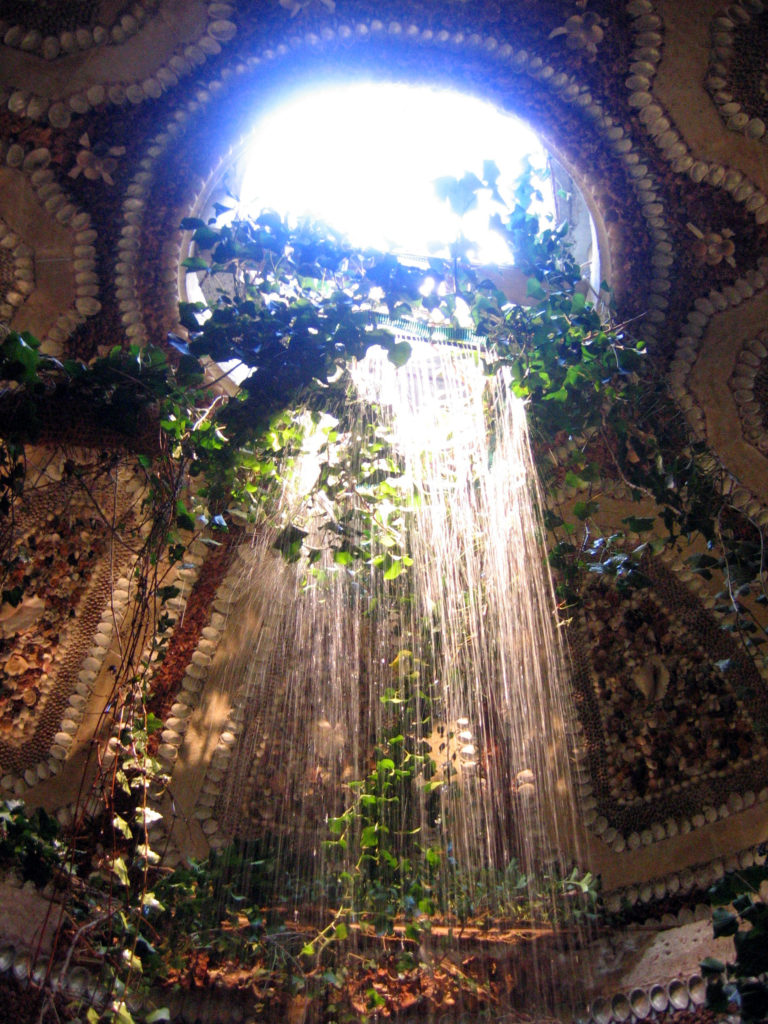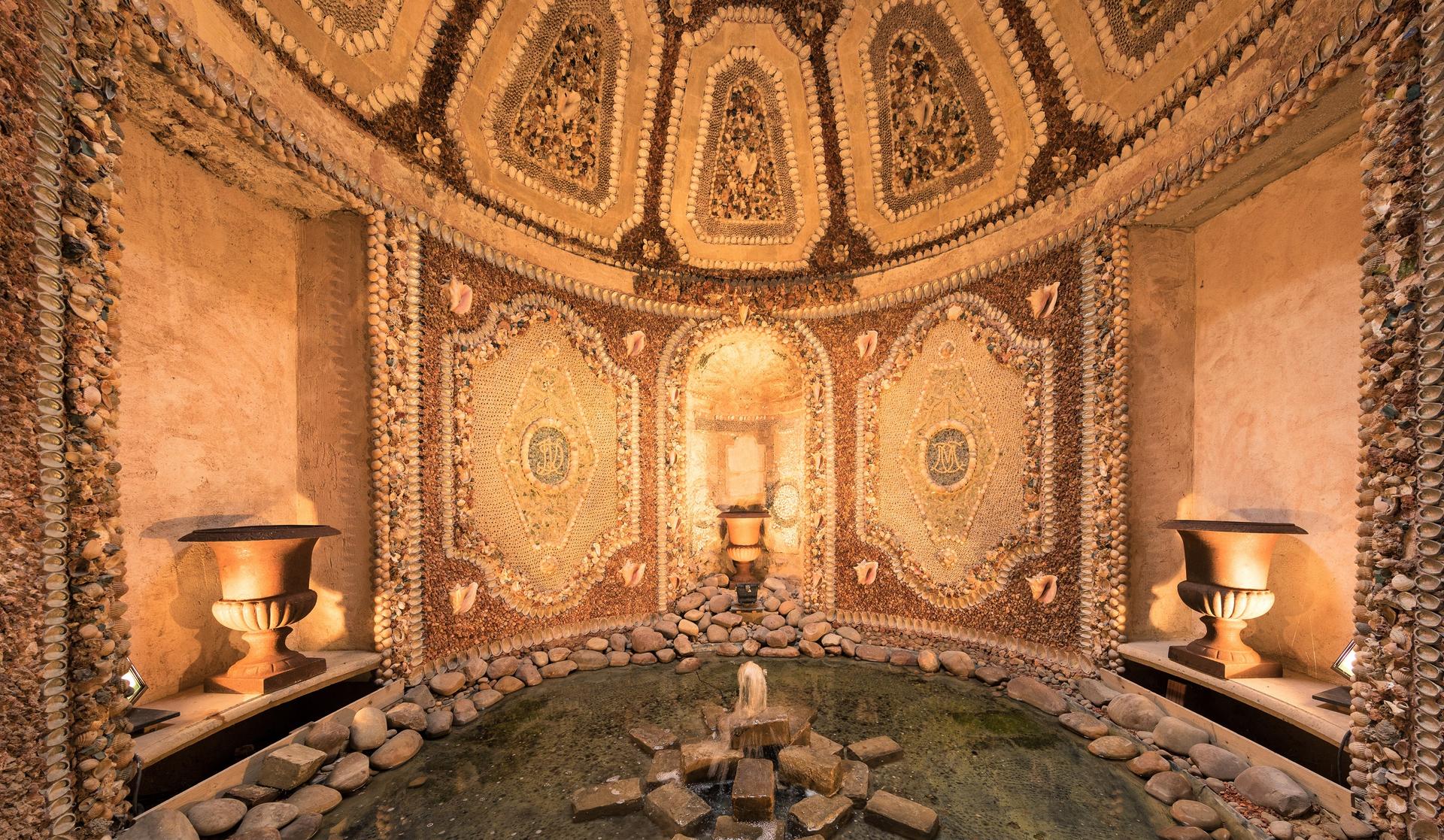The Nymphaeum

The Château d’Auvers Nymphaeum - 17th century
In Greek antiquity a nymphaeum was a vessel for collecting water from a sacred spring and, by extension, the temple intended to protect it and to receive offerings. These places of worship were dedicated to nymphs - female deities in Nature, who inhabited forests, mountains and springs and to whom fertility and nurturing powers were attributed. In Roman times the nymphaeum became a monument-like public fountain decorated with sculptures and smaller fountains. It also adorned rich patrician mansions, as can still be seen in Pompeii.
In the 16th century in Italy, and then in France, the Renaissance rediscovered Antiquity. Parks and gardens were adorned with artificial grottos and cooling rooms decorated with statues and enhanced by ornamental water features. This tradition would last until the 18th century, as evidenced by the Château de Rambouillet’s “Chaumière aux Coquillages” (Shell Cottage), built in 1780.
Located in the north orangery, the nymphaeum was constructed in the 17th century during the lifetime of Zanobi Lioni. This small artificial grotto is covered by a dome. Three quarter-sphere niches adorn the walls, one of which probably housed a fountain, as evidenced by a large cistern discovered during restoration work. The rich decoration of the dome and the walls was achieved using shells - mussels, abalone, pink conchs - millstone, pebbles and glass fragments. The overhead lighting diffuses a soft light which makes the shells’ mother-of-pearl seem to tremble, while preserving the site’s sense of mystery. The diamond shapes which decorate the panels bear medallions with the interlaced initials of Prince Louis Ferdinand de Bourbon-Conti, the owner of the buildings at that time and to whom we probably owe the restoration of the small building in the 18th century.

The nymphaeum of the Château d’Auvers is a rare example of these grottos and cooling rooms of which only about a dozen can still be seen in France, due to the extreme fragility of their decor.
